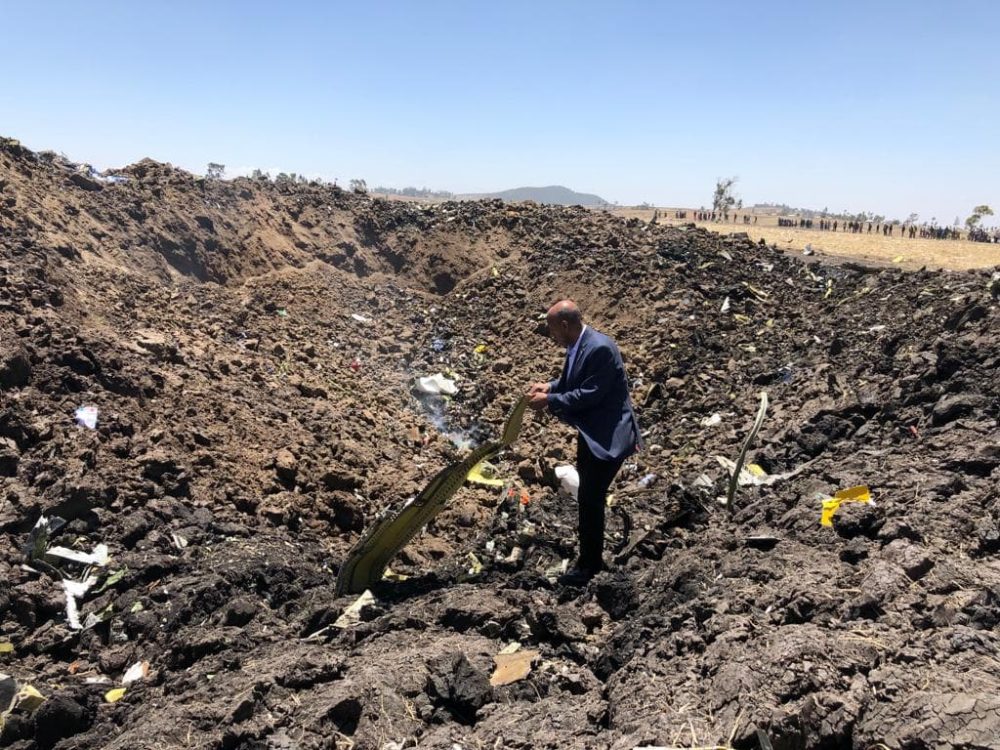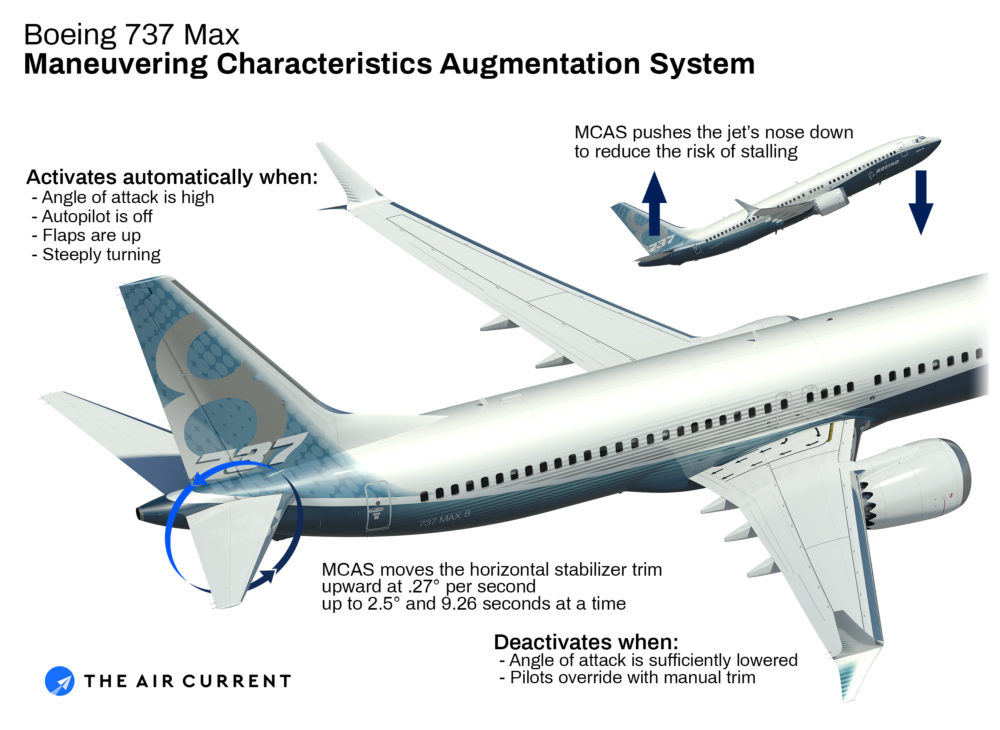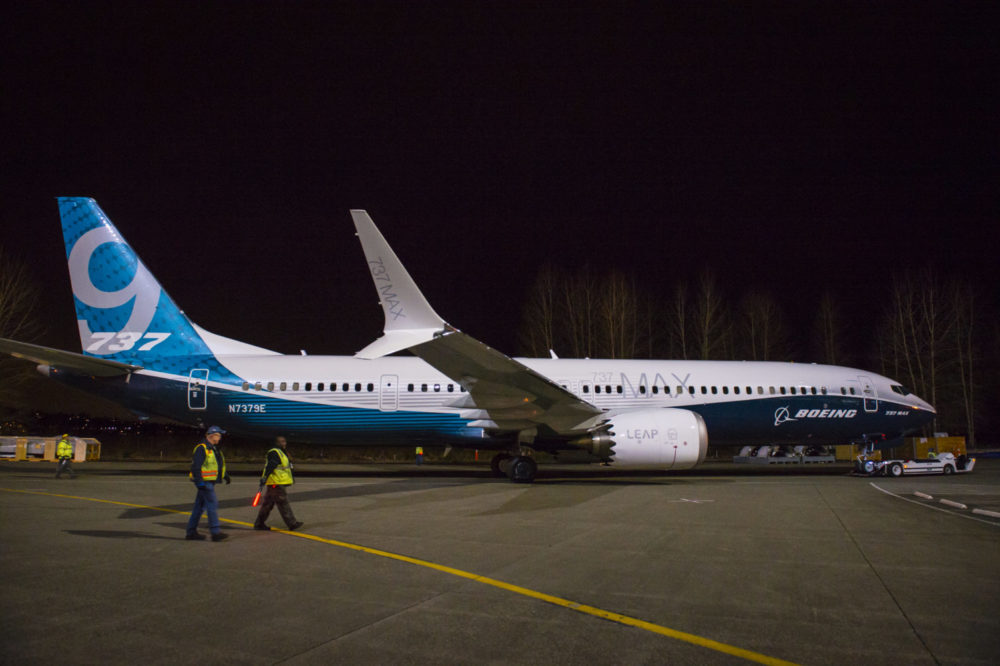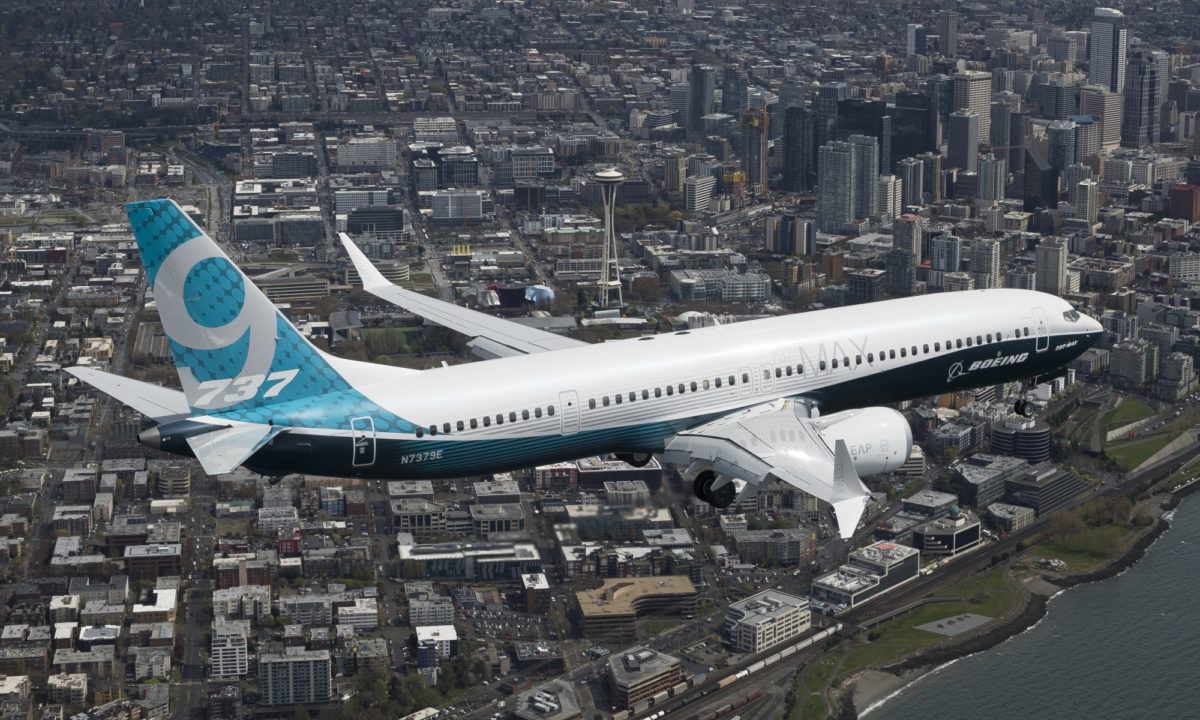Ethiopian Airlines Boeing 737 MAX crash update
As investigators continue searching through the crash site and analyzing data, more information is becoming available about the recent crash of an Ethiopian Airlines Boeing 737 MAX that claimed 157 lives.
What happened?
An Ethiopian Airlines Boeing 737 MAX 8 bearing registration ET-AVJ was performing flight ET302 from Addis Ababa to Nairobi with 149 passengers and eight crew members onboard when the aircraft crashed shortly after takeoff.
Photos of the crash site immediately presented the violent nature of the crash, as all that was left was small torn up and charred pieces of the aircraft.

Passengers from more than 30 countries were onboard the flight, including people from Europe, America, Africa and Asia. The following list breaks down the members onboard:
Accident Bulletin no. 3
Issued on March 10, 2019 at 4:59 PM pic.twitter.com/5UOxsbl24f— Ethiopian Airlines (@flyethiopian) 10 March 2019
Being the second fatal Boeing 737 MAX 8 crash within half a year, as a precaution, airlines and authorities around the world began grounding the aircraft. Initially the U.S didn’t budge with this decision, however ongoing pressure and additional information eventually led to the Federal Aviation Administration grounding the 737 MAX aircraft until the cause was identified and a fix could be deployed to the worldwide fleet of 350+.
Initial Findings
After securing the crash site, recovering bodies and introducing the appropriate authorities, investigative work commenced immediately to determine the cause of the crash.
Recovering the Flight Data Recorder (FDR) and Cockpit Voice Recorder (CVR) didn’t take too long, however both presented substantial damage and couldn’t be downloaded locally. Instead, Ethiopia elected to send the recorders to France to be restored and analysed by the specialists at the Bureau of Enquiry and Analysis for Civil Aviation Safety (BEA).

The United States National Transportation Safety Board is yet to receive any of the data that’s been downloaded from the recorders.
According to people that have listened to the air traffic audio recordings and contacted Reuters, the pilots reported a higher speed than usual after takeoff. Following the pilots request to climb to 14,000 feet (6400ft above the airport), another transmission was received by air traffic with the pilot desperately wanting to return to the airport for an immediate landing after suffering from flight control issues.
Noting similarities between the Ethiopian Airlines and Lion Air crashes, investigators have pointed out the pilots involved all failed to arrest a rapid descent caused by the Maneuvering Characteristics Augmentation System (MCAS).

Also in contact with Reuters, another source has informed the outlet that a piece of wreckage has got the attention of investigators. Identified as part of the stabilizer, the trim setting is set at the same or similar to what was found in the Lion Air wreckage, potentially linking the crashes further.
Indonesia is still working hard to determine the cause of the Lion Air flight and is working with Ethiopian investigators and Boeing to determine any other similarities. Their goal to publish a report on the crash between August and September has been adjusted, bringing it forward to July/August period.
Current work
With the worldwide fleet of 737 MAX aircraft almost in complete standstill, airlines are having to utilize older aircraft, reposition flights and adjust fleet planning. Boeing is able to fly aircraft for test purposes, however cannot deliver any new aircraft to customers.
At the enormous rate of 57 aircraft per month, Boeing is going to have to find space quickly to accommodate the aircraft around their facilities.
Revised MCAS software is in the works, but airlines remain skeptical as to when it will become available. Boeing states it will be deployed in the coming weeks, however they have to compile it, test it and then roll it out across the world.

Additionally, 737 MAX rated pilots would have to familiarize themselves with the new training documentation. Said to be a 10-15 minute digital course, the new information is to inform pilots on the system and how to react with any faults.
For more on MCAS, read the following article that outlines what it is and the updates coming:
DNA testing for passenger remains will take up to six months due to the violent nature of the crash site. To comfort families, Ethiopian Airlines will be sending 1 kilogram of earth from the site without any debris that could impact the conclusion to the families to hold onto to remember those who were involved.
The future of the aircraft
Despite these horrific accidents that have caused substantial grief to those involved and the aviation industry, Boeing is firm on the fact that their 737 MAX family of aircraft are safe.
Although no lawsuits have been filed since ET302 crashed, the industry is expecting Boeing and potentially the FAA will be sued in the United States for its inability to inform airlines and pilots correctly.
The Seattle Times has the most detailed analysis on this, diving into the certification process and internal affairs at the time. To compete with Airbus, who was nine months ahead with the A320neo family, Boeing and the FAA worked hard to minimize the test and certification process whilst meeting all requirements.

To do this, Boeing stuck to their key selling point being commonality – pilots could transition to the MAX within a short training lesson.
A former safety engineer for the FAA argued that there was a constant rush in the program and certain things were rushed or pushed aside to get things moving. To sign off parts of the process, it was either delegated to managers or Boeing themselves rather than FAA technical staff.
These two crashes were definitely an eye opener for Boeing and the industry but have also gained the largest amount of attention in the industry during recent times. Still, we remain without a final report. Boeing, authorities and airlines will continue to work hard to ensure a final report is released detailing the accidents and their preventative measures.




